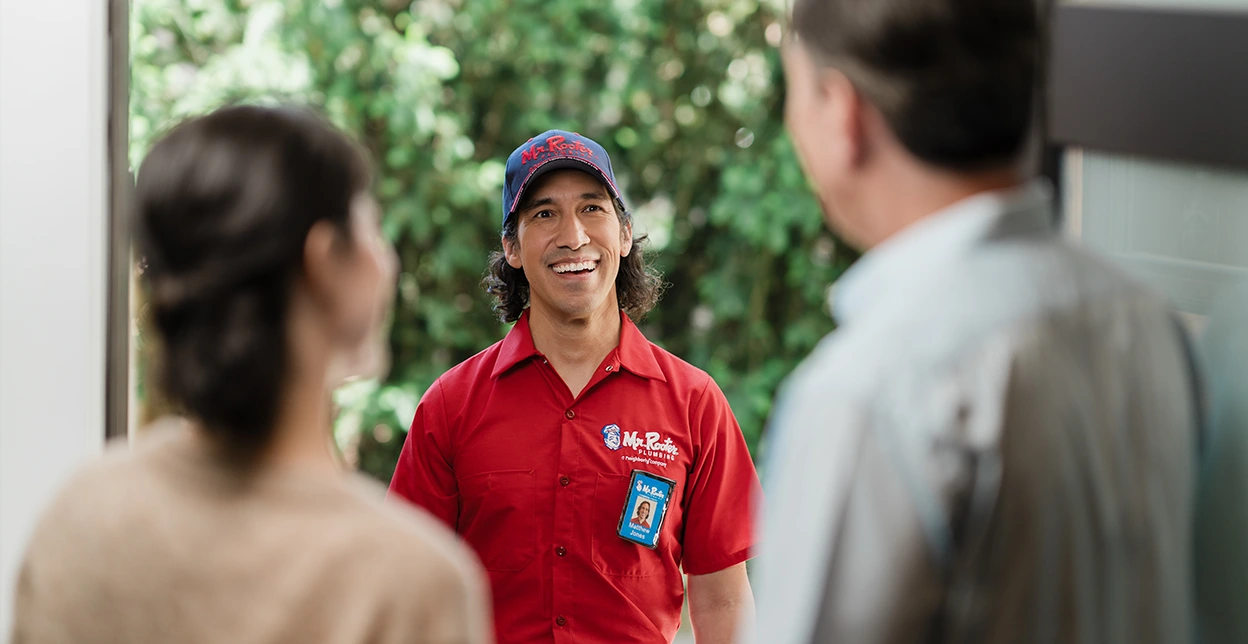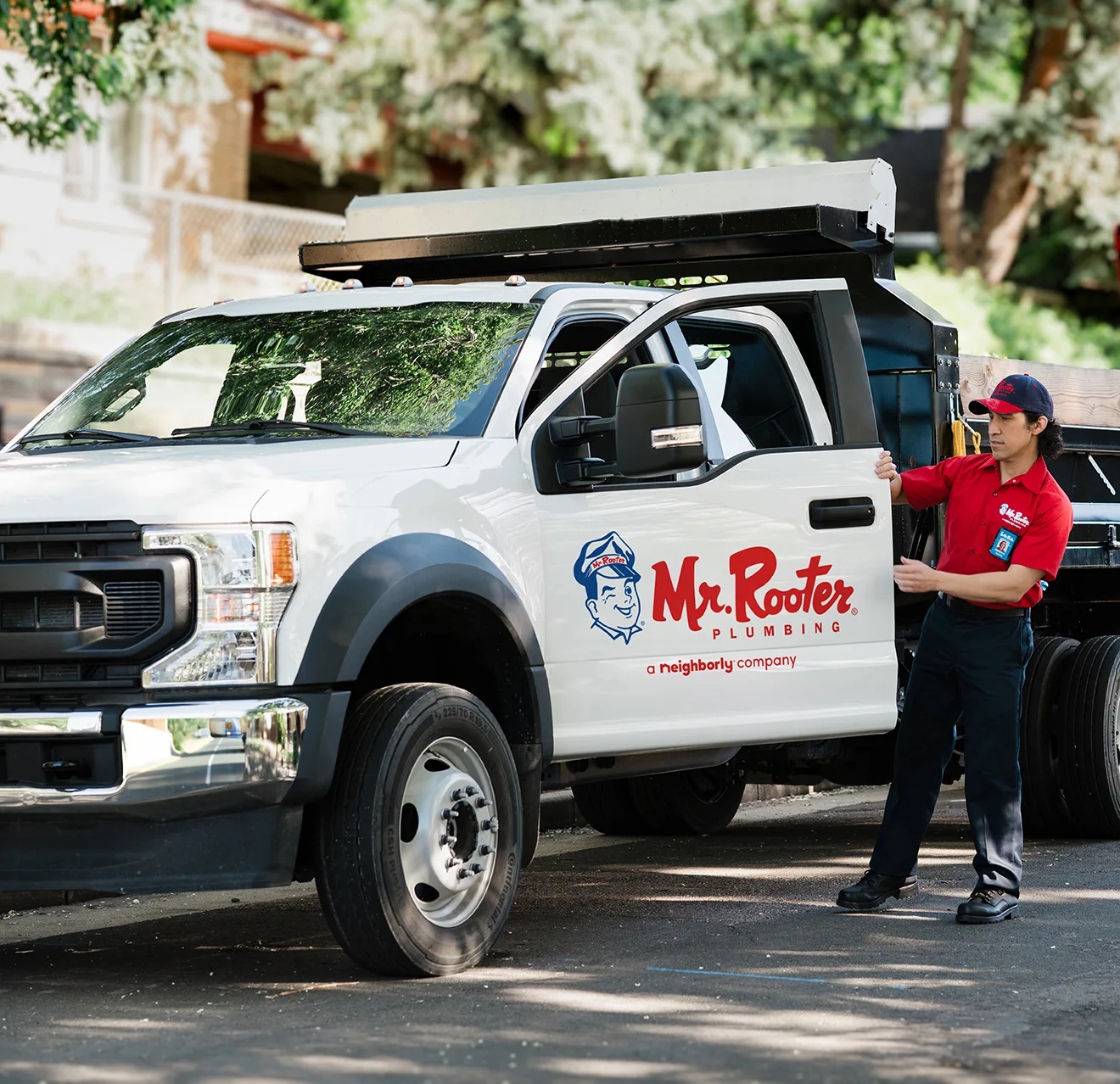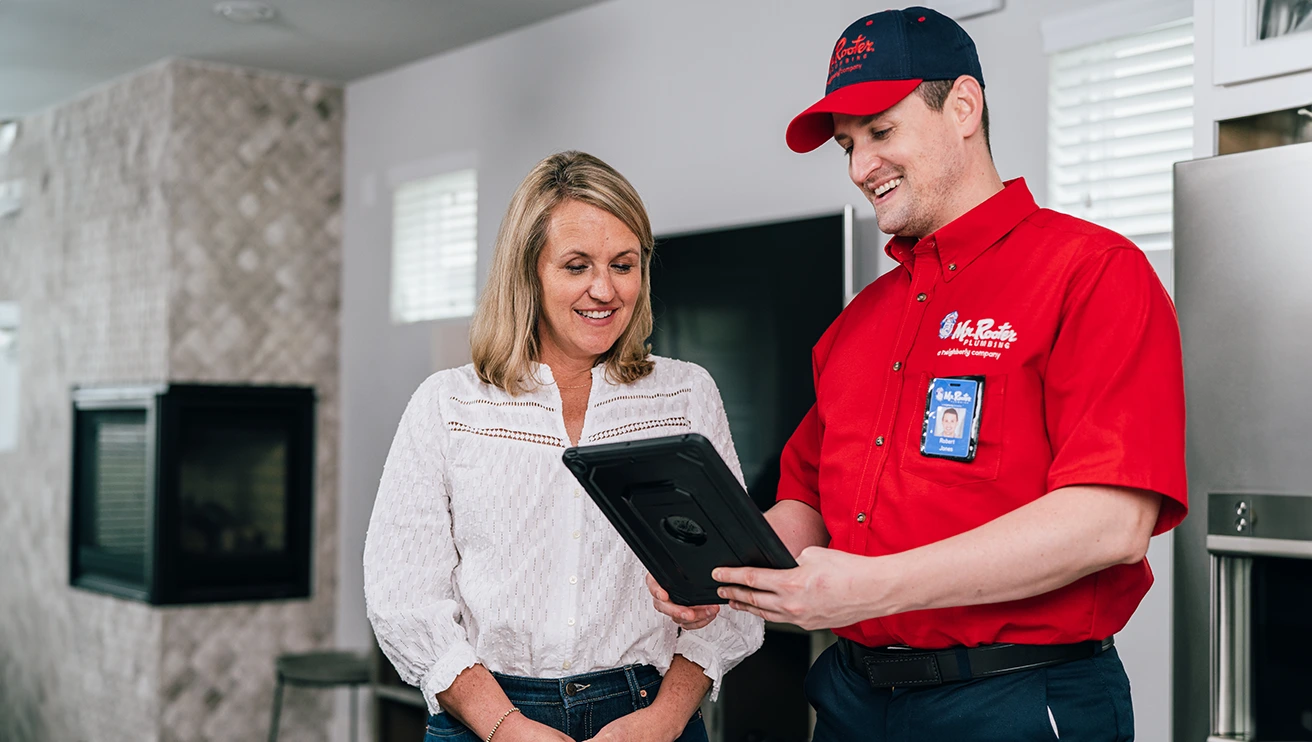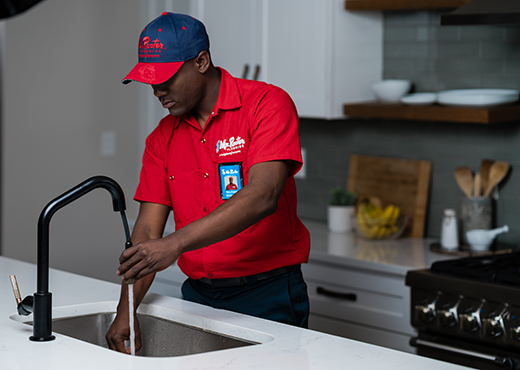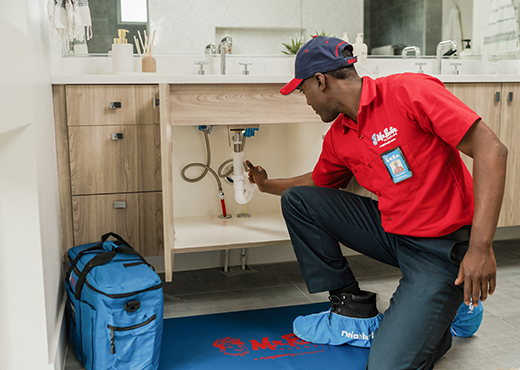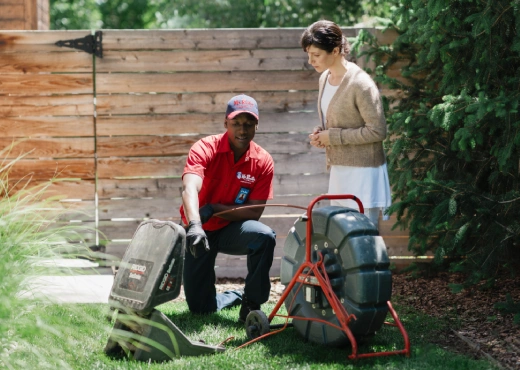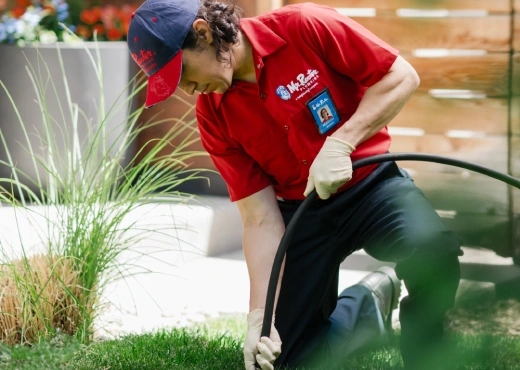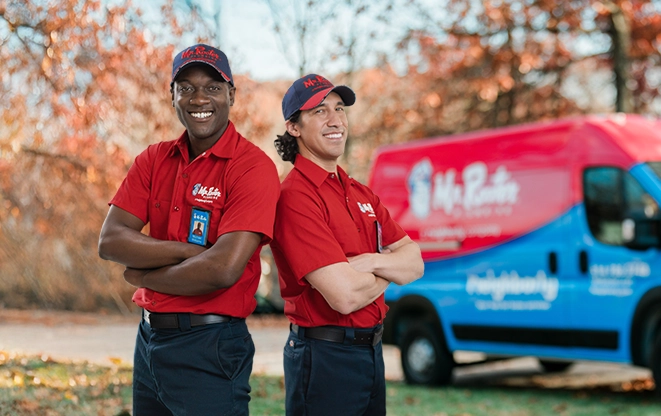Oftentimes, a well pump unit becomes glitchy, and you require the assistance of a skilled plumber for a professional well pump repair. Homeowners can opt to no longer be in a dry and arid desert by allowing themselves the opportunity for a freshwater oasis courtesy of Mr. Rooter Plumbing.
Types Of Well Pumps We Repair
Generally, these units will either utilize a motor and a suction pipe to pull water above the ground using a jet or use a pressurized stream of water below the ground to push water to the surface via an above-ground storage tank.
Here are the common types of well pumps found in Columbia homes:
Jet: This is a motorized jet pump that is assembled with a pump and a motor alongside a pressure tank. It requires water to operate the pump by default, which uses suction to draw water through an impeller or centrifugal pump. The impeller moves water through a narrow orifice which propels and speeds up the water. As water exits the jet into your plumbing system, a vacuum continues to suck extra water from the well and dispatches it into your home at high pressure. As a safety mechanism, one-way check valves are installed to prevent water from flowing backward.
Submersible: This cylinder-shaped unit consists of a water pump and sealed pump motor alongside an internal check valve and does not necessarily require a pressure tank. This pump must be completely submerged in liquid to work and also operates on a sequence of impellers that push water up a pipe. Once the pressure switch is turned on, the impellers are triggered and, as a result, push water upwards into the storage tank, which is above ground. The water flow itself is regulated by an adapter that redirects water from the pump into the home’s plumbing system.
Types Of Components
The standard well pump is composed of an electric motor, an impeller which is a rotating set of blades that moves fluid through the pump, and lastly, the housing, including internal pump check valves and pump control switches.
Pressure Switch: A pressure switch automatically switches water on and off depending on the preset pressure settings. A well pressure switch turns the system on as the pressure decreases to a dangerously low cutoff point and switches it off after the pressure increases beyond the minimum threshold. As a general rule of thumb, once pressure levels reach between 40 and 60 psi, the switch will automatically turn off the pump. If the pressure level falls well below this range, the switch will turn the pump back on to supply water once more.
Foot Valve: The foot valve is responsible for stopping water from flowing back out of the jet pump into the source of water when the unit, specifically a deep-well pump, itself is turned off.
Check Valve: A check valve similar to a foot valve prevents water from flowing back into the well if the pump happens to be turned off and protects the system from getting waterlogged and damaged. Depending on the depth of the well itself, a well pump may need just one of the multiple check valves.
Pressure Tank: The well pressure tank manages the water pressure within the household but above all protects and preserves the unit as a whole. It does this by regulating the water pressure levels to help keep your plumbing fixtures operating smoothly. Water is pumped into a tank only to be compressed and distributed evenly throughout your house. For example, each time you turn on the tap, a toilet flushes or someone turns on the faucet to take a shower, water instantly trickles from your well.
